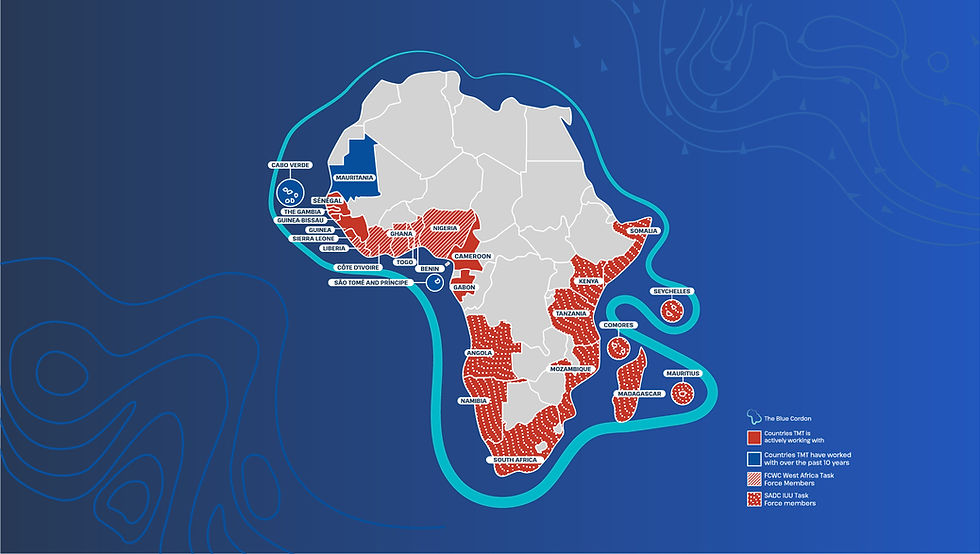Briefing - The IMO Number for Fishing Vessels
- Trygg Mat Tracking TMT
- Jan 19, 2017
- 3 min read
Updated: Jun 10, 2020
TMT and IHS Maritime and Trade are collaborating to simplify the process for fishing vessels to apply for IMO numbers.
To assist companies and Flag States, the organisations have produced the brief ‘THE IMO NUMBER FOR FISHING VESSELS - Application Guidelines for Fishing Vessels and Flag States’ that provides clear step by step support for the application process.
The guidelines have been developed to help simplify the IMO number application process, and can be utilised either by a company that wishes to apply for its vessel(s), or for a Flag State to apply for IMO numbers on behalf of its flagged vessels. The brief provides step by step guidance on eligibility criteria, application process, and required information. IHS is responsible for receiving applications and designating the IMO number, and TMT can provide technical advice to applicants in the process.
It is widely recognised that the lack of a unique vessel identification number has hampered efforts to monitor and control the global fishing fleet. In the absence of identifiers that stay with a vessel for life, it can be difficult for authorities to keep track of individual vessels through name and flag changes. This presents challenges for countries and RFMOs that wish to track and control the identities and number of vessels in their fleet, port authorities wishing to assess the legality of landed fish, and flag and coastal states that wish to assess the compliance history of vessels that apply for registration and licenses.
The IMO number scheme, which was opened to fishing vessels in 2013, has been identified by the FAO as crucial to their Global Record of Fishing Vessels, and as a tool that makes it more difficult for fishing vessels to operate outside the law. By assigning vessels a unique seven-digit number that will remain with them for life, the scheme enables authorities to more easily monitor and control vessels. Since fishing vessels became eligible to apply for IMO numbers, nine major RFMOs, two Regional Fisheries Bodies, the European Union (EU) and some flag and coastal States have mandated uptake of IMO numbers by all eligible vessels.
TMT has done extensive work on fishing vessel identity fraud, identifying the use of multiple identities, flag and name hopping, and the use of one name and license by several vessels as a major issue. When IMO numbers are required by Flag States for registration, or Coastal States as a licensing condition, it is a powerful tool that makes vessel identity fraud and illegal fishing much more difficult.
The IMO Guidelines are already being actively and successfully utilised to achieve this goal. For example Nigeria, recognising the need for improved oversight of their flagged fishing fleet, and the increasing requirement by importers such as the EU for vessels to carry IMO numbers, made a Ministerial Decision in late 2016 that all current fishing vessels would be required to carry IMO numbers. Further an IMO number is now a requirement for registration and licensing of any fishing vessel wishing to operate in Nigeria. The initiative is being implemented by the Federal Ministry of Agriculture and Rural Development, Development of Fisheries in cooperation with the Nigerian Navy, Nigerian Port Authority (NPA), and NIMASA (Maritime Authority). Through the FCWC West Africa Task Force, of which Nigeria is a member and TMT part of the technical team, close cooperation on this excellent initiative is taking place, and the Guidelines utilised by the Government of Nigeria and fishing companies.
The ‘IMO FOR FISHING VESSELS - Application Guidelines for Fishing Vessels and Flag States’ is available for download in pdf in both English and French, and is freely available for all stakeholders to utilise. For more information please contact info@tm-tracking.org.





